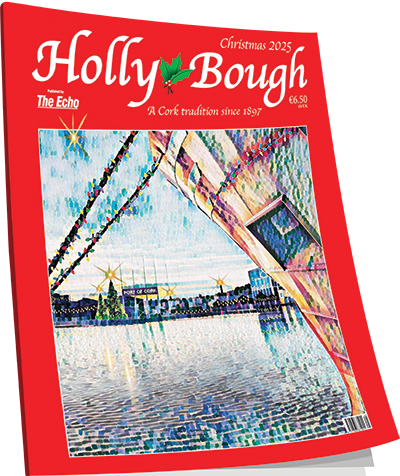Cork is growing as a city but without green space it won't be worth living in
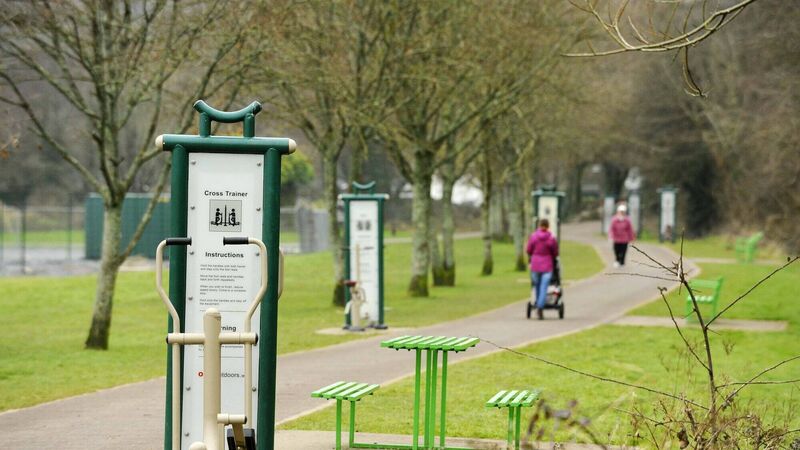
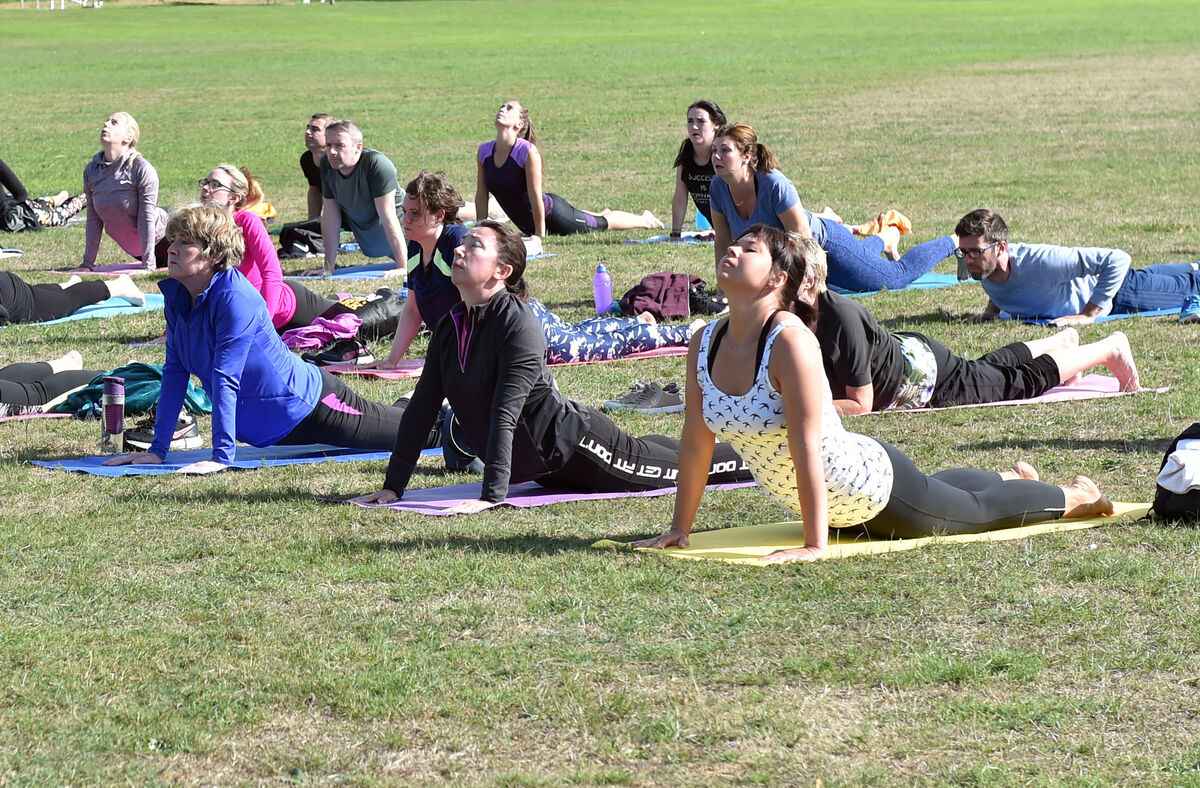
City Hall chief executive Ann Doherty said one of the council’s main objectives is to make the city centre a more liveable place and foster neighbourhoods.

Communities and groups are willing to roll their sleeves up to achieve better public spaces. Groups like Benchspace Cork, The Transport and Mobility Forum, Mad About Cork, The Douglas Street Business Association all recently helped establish the city’s first Parklet at Douglas Street.

Information requested by Councillor Kieran McCarthy (Independent) revealed last month that €916,000 toward public realm works and development of the park has been allocated and a design competition has now commenced in relation to a redesign.

The park opened in 1985 and it is possible it could now have its walls and gates removed in order to be developed as a wide-open city plaza, stretching from Grand Parade onto South Main Street, which could provide a key city walking route.

It was initially scheduled to be completed by the end of this year, but the project has now been delayed until early summer, 2020.

“Large playgrounds seem to be the only desire of the executive, ignoring the greater needs for many areas where small playgrounds (with four pieces of equipment) would, at a much-needed reduced cost and space needed, deliver much more to our suburbs.
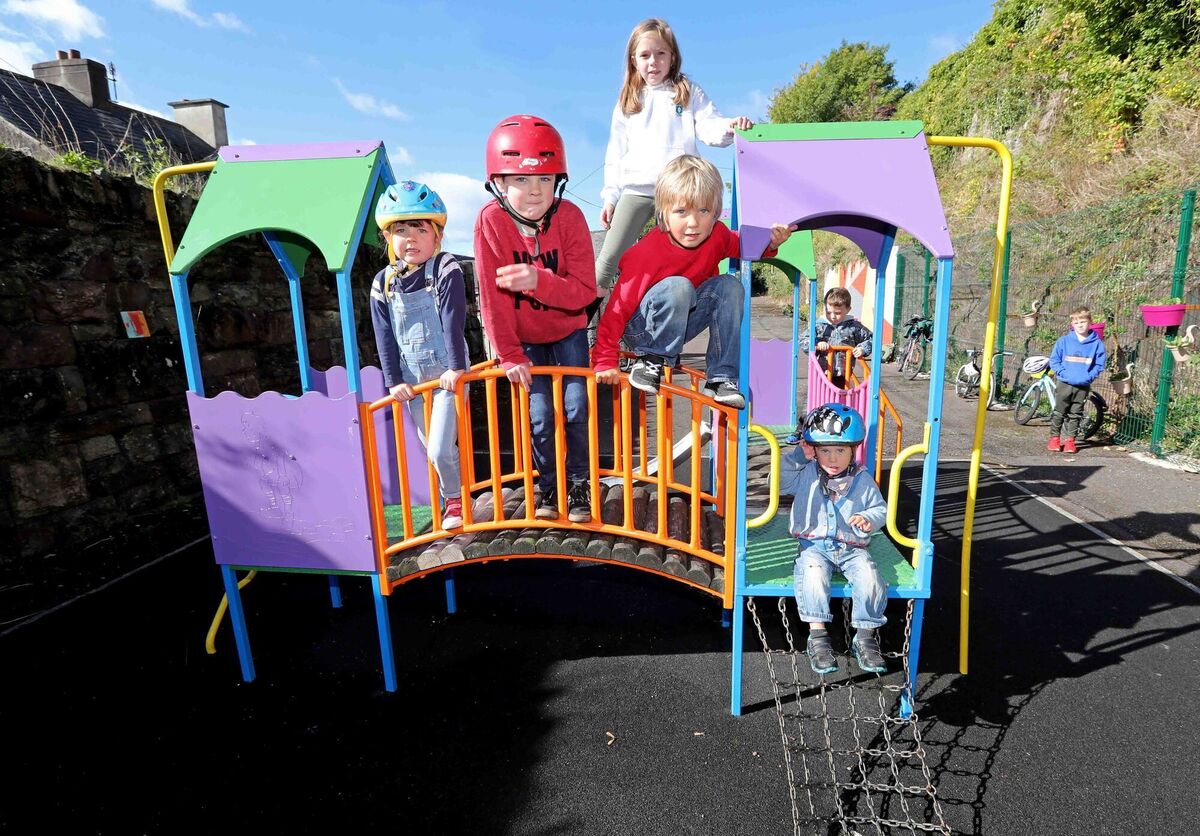
These would see coordinated community labour, fundraising, and management of public places, overseen by the council’s environment and recreation directorate.

“The problem is that it doesn’t have a critical mass of people going in there using it for things and it’s got a bad name as a lonely spot.

Some other possible uses for the site could see a campervan or caravan park developed.

“This is something that is definitely worth looking at. If that’s the case, we need infrastructure to link the park and ride and the Grange and Frankfield areas to the park.

The final planning stages for the project are scheduled for March of next year.

“We are hearing that the residents are happy with the house builds but amenities need to be up to standard as well. There is progress being made on Tramore Valley Park, Marina Park and so on, so hopefully, the North-West Regional Park will be kept as a priority.

Ger Keohane (Independent) said the former John Barleycorn hotel site could be combined with John O’Callaghan Park to create a green area for the people of Glanmire amid rapid housing construction. He is urging the city council to buy the site.
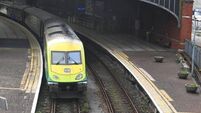
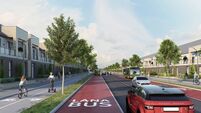
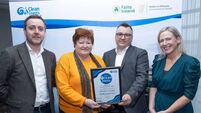
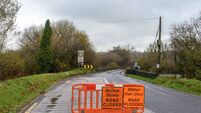



 App?
App?



